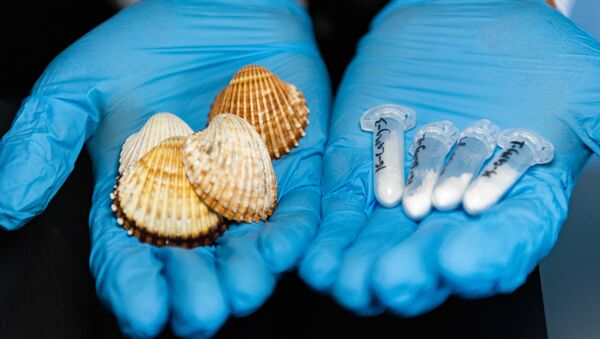According to the researchers, the material is safe and has high antibacterial properties. The study results were published in the Ceramics International journal.
Implant infections remain one of the main problems facing reconstructive surgery today. This problem can be solved by creating biomaterials with antibacterial activity, Evgeny Kolesnikov, the co-author of the study, a researcher at the Department of Functional Nanosystems and High-Temperature Materials at Russia's National University of Science and Technology (NUST/MISIS), says.
“Hydroxyapatite, the main mineral component of bones and teeth, is the top choice material to create new bone tissue or replace damaged bones. This material is biocompatible and bioactive; it can easily integrate into bone tissue and adjacent tissue areas. Hydroxyapatite is able to interact with osteoblasts, and positively induces their growth and division,” he said.

Hydroxyapatite is currently used in maxillofacial surgery, dentistry and orthopaedics to make fillers and coatings. To produce hydroxyapatite, scientists from different countries use eggshells, coral, fish bones and other raw materials. However, its mass production is still a difficult task due to the complex process of synthesis.
According to researchers, they have obtained hydroxyapatite particles that can be used in implantation. To prevent possible infections of the implant, these particles are laced with magnesium ions.
“We opted for magnesium because its ions are biocompatible and antimicrobial. The body of an average adult contains 24g of magnesium. A lack of this micro-element in the body can lead to diabetes, cardiovascular disease, hypertension and osteoporosis,” Evgeny Kolesnikov explained.

The scientists tested the obtained material’s toxicity in zebrafish embryos, where it has proved to be non-toxic in nature. According to researchers, this allows using the new material to be used in medicine to manufacture implants.


